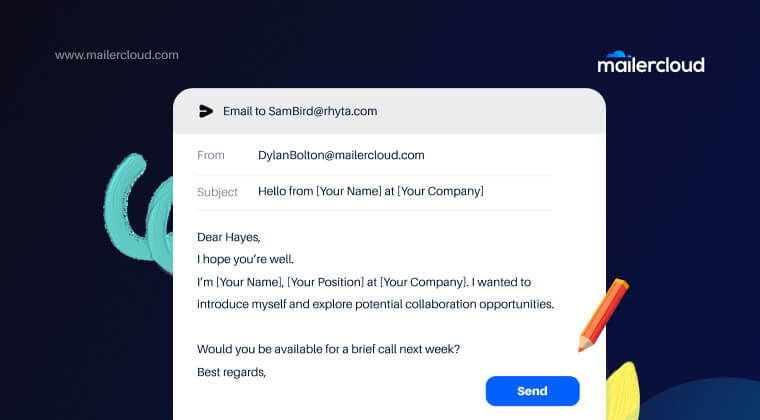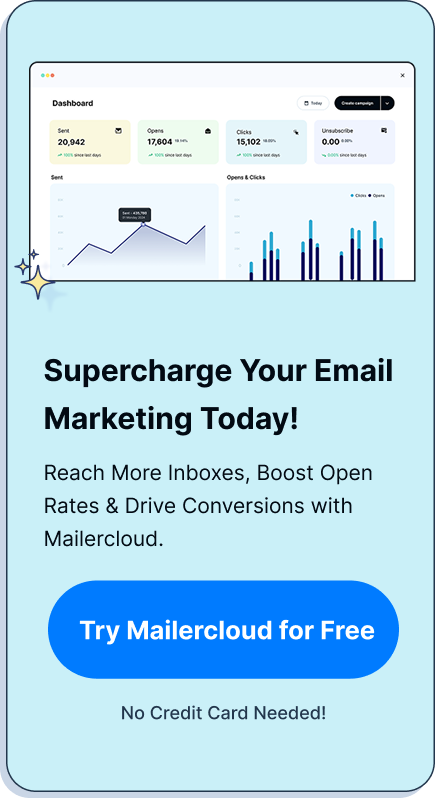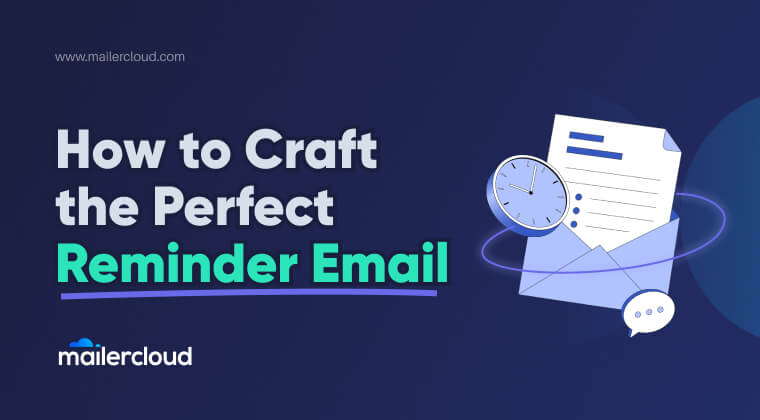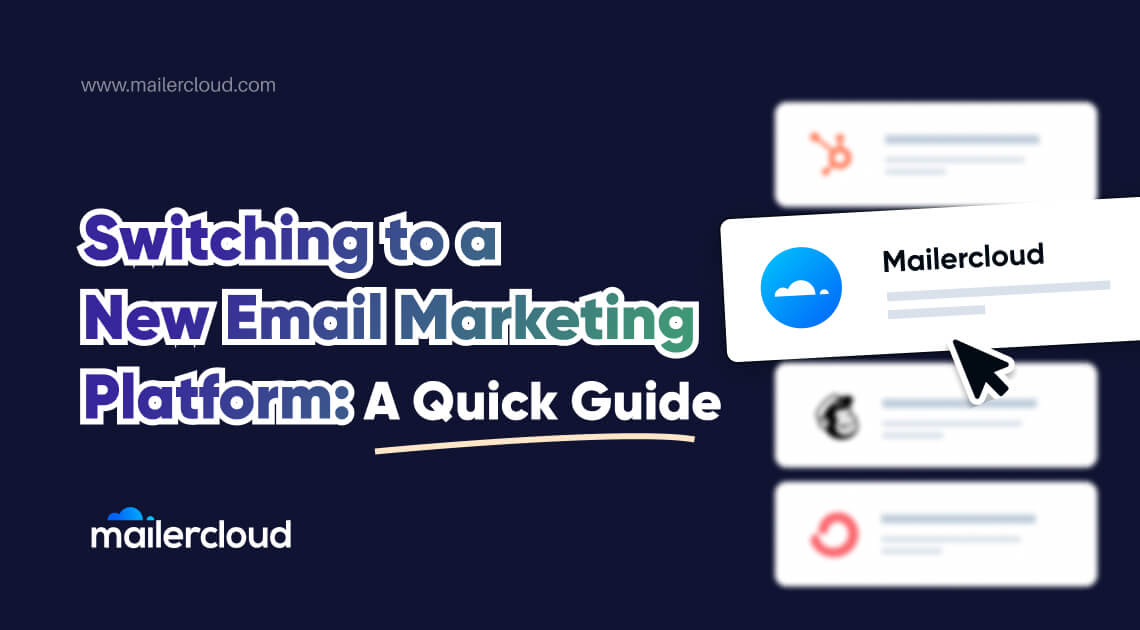In today’s digital age, the art of writing a compelling introduction email is more important than ever. Whether you are a new employee looking to introduce yourself to your colleagues, a business professional aiming to build new relationships, or a salesperson seeking to connect with potential clients, mastering the craft of the introduction email can significantly impact your success.
This article provides essential insights and practical tips on writing effective introduction emails, complete with templates and examples. By the end of this read, you will be equipped with the knowledge to write introduction emails that leave a lasting impression.
Table of Contents
What is an Introduction Email?
An introduction email is a message sent to introduce oneself, a colleague, or a company to someone else. This type of email serves as a first impression and sets the tone for future communication. Whether you are reaching out to a new contact, introducing a new team member, starting a business relationship, or even launching your email marketing campaign, an introduction email can establish a foundation for effective communication and collaboration.
Key Elements of an Introduction Email
An effective introduction email should include a clear subject line, a concise and friendly greeting, a brief introduction of yourself or the person you are introducing, the purpose of the email, and a call to action. Additionally, it is essential to maintain a professional tone and personalize the email to make it more engaging.
Why is Writing a Good Introduction Email Important?

Writing a good introduction email is crucial for several reasons. First, it helps create a positive first impression. A well-crafted introduction email can demonstrate professionalism, build trust, and set the stage for productive interactions. Second, it can save time by providing essential information upfront, reducing the need for back-and-forth communication.
Finally, a good introduction via email can open doors to new opportunities, whether in the form of business partnerships, job offers, or valuable networking connections.
The Impact of a Well-Written Introduction Email
A well-written introductory email to new recipients can differentiate you from others and showcase your communication skills. It can also help establish your credibility and build rapport with the recipient, making them more likely to respond positively to your message.
How to Write an Effective Introduction Email
Writing an effective and professional email introduction involves several key steps. Here are some tips to help you craft a compelling message:
Craft a Clear and Engaging Subject Line
The subject line is the first thing the recipient sees, so it should be clear, concise, and engaging. Use keywords that indicate the purpose of the email, such as “Introduction” or “Meeting Request,” and avoid vague or overly long subject lines.
Start with a Friendly Greeting
Begin your email with a friendly and professional greeting. Address the recipient by their name if possible, and use a formal salutation such as “Dear” or “Hello.”
Introduce Yourself and the Purpose of the Email
In the opening paragraph, briefly introduce yourself and explain the purpose of the email. Mention any mutual connections, especially in a business introduction email, or relevant context to help the recipient understand why you are reaching out.
Provide Value and a Call to Action
In the body of the email, provide value to the recipient by sharing relevant information or offering assistance. End the email with a clear call to action, such as requesting a meeting or asking for a response.
The Best Subject Lines for Email Introductions
The subject line of a formal introduction email is critical in capturing the recipient’s attention and decides whether or not they will read the email. Here are some examples of effective subject lines:
- “Introduction from [Your Name/Company]”
- “New Team Member Introduction: [Your Name]”
- “Exploring Opportunities for Collaboration”
- “Meeting Request from [Your Company Name]”
Best Email Introduction Examples
Here are some introduction email template and email examples:
Example 1: Self-Introduction Email
Subject Line: Introducing Myself as Your New Account Manager
Dear [Recipient’s Name],
I hope this email finds you well. My name is [Your Name], and I am excited to join [Company Name] as your new Account Manager. With over [X] years of experience in account management, I am committed to ensuring your satisfaction and success.
Please feel free to reach out to me with any questions or concerns. I look forward to working with you.
Best regards,
[Your Name]
Example 2: Professional Introduction Email
Subject Line: Introduction from [Your Company Name]
Dear [Recipient’s Name],
My name is [Your Name], and I am the [Job Title] at [Company Name]. I would like to introduce our company and discuss potential opportunities for collaboration. We specialize in [brief description of services/products], and we believe our expertise could benefit your organization.
I would love to schedule a call to discuss this further. Please let me know your availability.
Best regards,
[Your Name]
How to Introduce Yourself in an Email
Introducing yourself in an email requires a balance of professionalism and friendliness, especially in a sales email. Here are some tips:
Be Clear and Concise
Keep your cold email brief and to the point. Mention your name, job title, and the purpose of the email in the first few sentences.
Highlight Relevant Experience or Skills
If applicable, mention any relevant experience or skills that are pertinent to the recipient. This can help establish your credibility and make the recipient more interested in your message.
Offer to Help or Provide Value
Show that you are willing to help or provide value to the recipient. This could be in the form of offering assistance, sharing useful information, or proposing a beneficial collaboration.
Common Mistakes to Avoid in Introduction Emails
When writing an introduction email, it is important to avoid common mistakes that can undermine your message. Here are some pitfalls to watch out for:
Being Too Vague or Generic
Avoid using vague or generic language in your email. Be specific about who you are, why you are reaching out, and what you hope to achieve.
Overloading the Email with Information
Keep your email concise and focused. Avoid overwhelming the recipient with too much information or lengthy explanations.
Using an Unprofessional Tone
Maintain a professional tone throughout your email. Avoid using slang, overly casual language, or inappropriate jokes.
How to Personalize Your Introduction Email
Personalizing your introduction email can make it more engaging and effective. Here are some ways to personalize your message:
Use the Recipient’s Name
Address the recipient by their name in the greeting and throughout the email. This shows that you have taken the time to personalize your message.
Mention Mutual Connections or Relevant Context
If you have any mutual connections or relevant context, mention it in your email. This can help build rapport and make the recipient more likely to respond.
Tailor the Content to the Recipient
Customize the content of your email to the recipient’s interests or needs. This could involve mentioning specific projects they are working on or addressing challenges they may be facing.
Follow-Up Emails
Sending a follow-up email can help maintain the connection and move the conversation forward. Here are some tips for writing the best email for follow-up:
Be Polite and Professional
Maintain a polite and professional tone in your follow-up email. Express appreciation for the recipient’s time and consideration.
Provide Context and Next Steps
Briefly recap the previous communication and outline the next steps. This could involve scheduling a meeting, providing additional information, or addressing any questions.
Include a Clear Call to Action
End the follow-up email with a clear call to action, such as requesting a response or confirming a meeting time in the case of a business email.
Summary
- Introduction Emails: Essential for creating a positive first impression and establishing effective communication when you introduce yourself over email.
- Key Elements: Clear subject line, friendly greeting, brief introduction, purpose of the email, and a call to action.
- Personalization: Use the recipient’s name, mention mutual connections, and tailor the content to their interests or needs.
- Common Mistakes: Avoid being vague, overloading the email with information, and using an unprofessional tone.
- Follow-Up Emails: Maintain the connection by providing context, outlining next steps, and including a clear call to action.
By following these tips, using the provided email sample templates and referring the email introduction examples you can write introduction emails that effectively communicate your message and build valuable relationships.
Lina is a content writer with a passion for reading, writing, and cooking. She aims to explore the world of words and flavors. With a deep love for literature and a knack for creating mouthwatering recipes, she strive to engage and inspire others through her work.

































